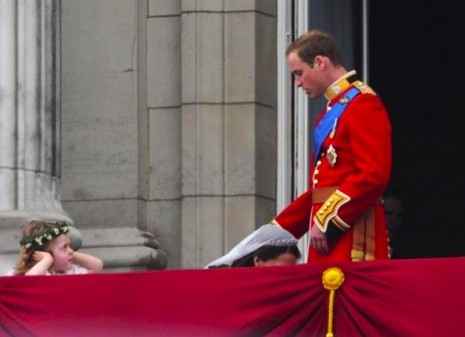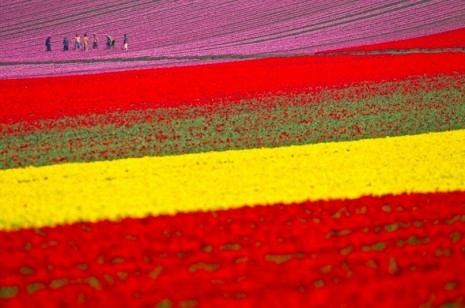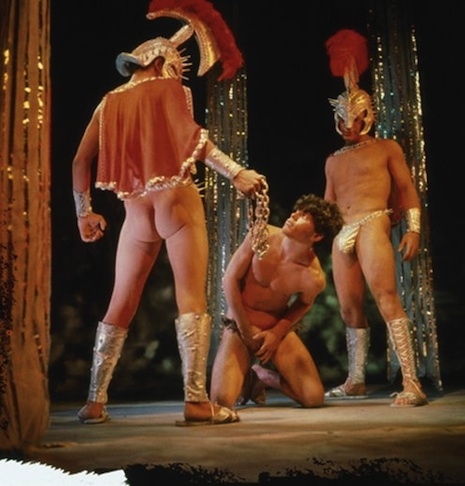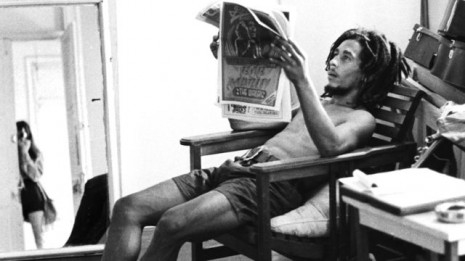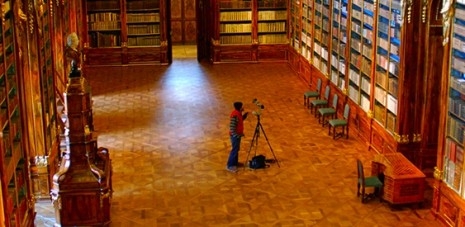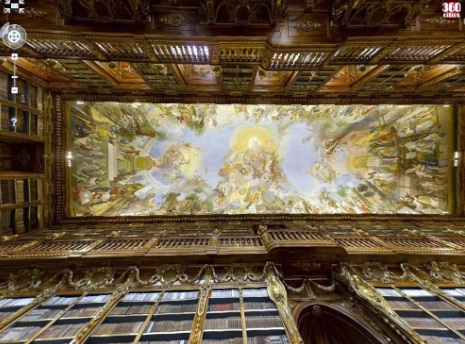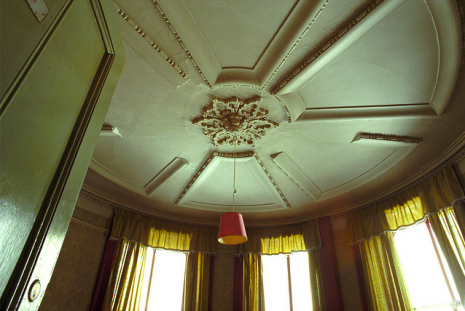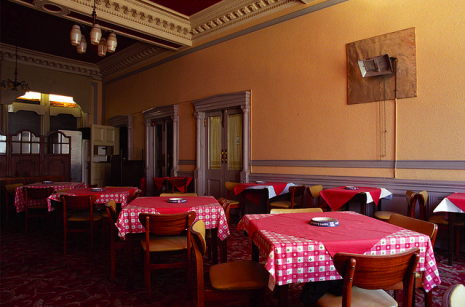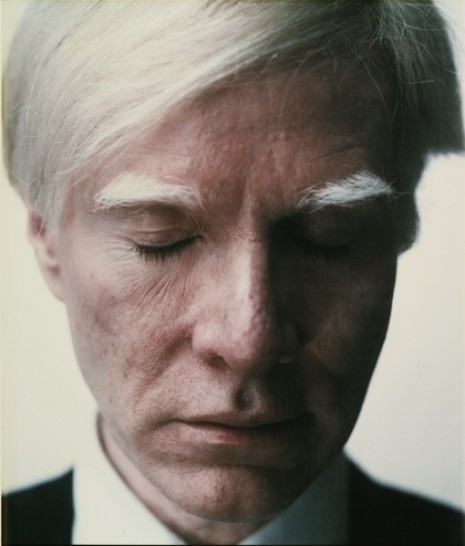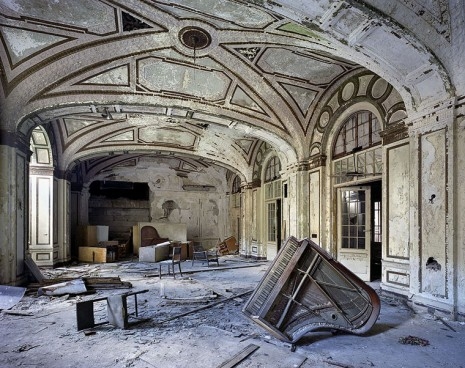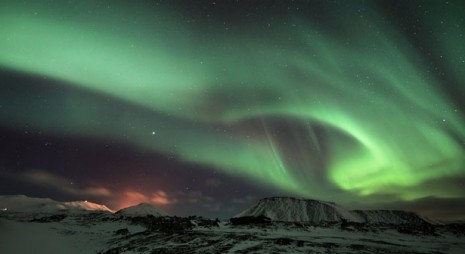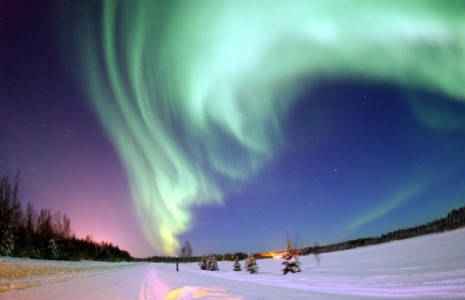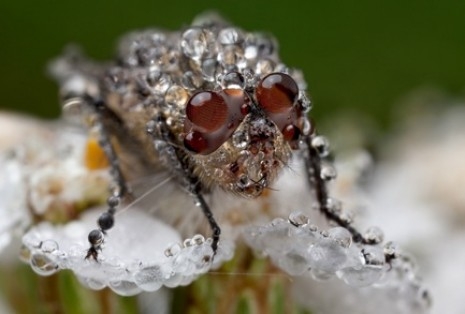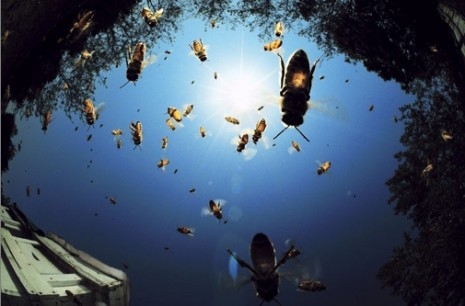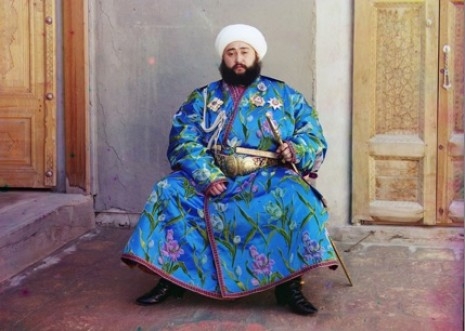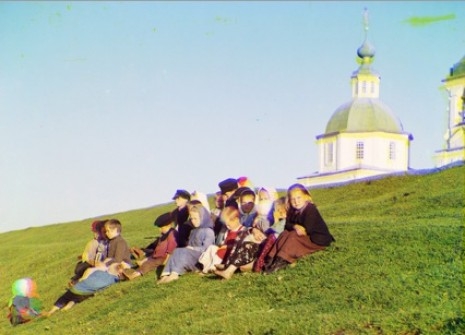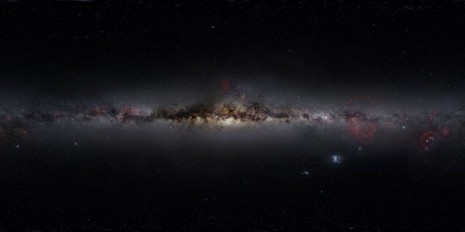
This is the largest true color photograph of the night sky ever created. It was shot by first time astro-photographer, Nick Risinger, a 28-year-old from Seattle. This is not just one view of the night sky but a 360-panorama composed from 37,000 individual photographs, taken by Risinger during his 60,000 mile trek across the western United States and South Africa.
“The genesis of this was to educate and enlighten people about the natural beauty that is hidden, but surrounds us,” Risinger said.
The project began in March 2010, when Risinger and his brother took a suite of six professional-grade astronomical cameras to the desert in Nevada. By June, Risinger had quit his job as a marketing director for a countertop company to seek the darkest skies he could find.
Every night, Risinger and his father set up the cameras on a tripod that rotates with Earth. The cameras automatically took between 20 and 70 exposures each night in three different-color wavelengths. Previous professional sky surveys (including the Digitized Sky Survey of the 1980s, which is the source for the World Wide Telescope and Google Sky) shot only in red and blue. Including a third color filter gives the new survey a more real feeling, Risinger said.
“I wanted to create something that was a true representation of how we could see it, if it were 3,000 times brighter,” he said.
Risinger sought out dry, dark places far from light-polluting civilization. Most of the northern half of the sky was shot from deserts in Arizona, Texas and northern California, although Risinger had one clear, frigid night in Colorado.
“It was January and we were hanging out in Telluride waiting for the weather to clear in Arizona or Texas,” he said. “Finally we realized the weather was hopeless down south, but it was perfectly clear where we were.” They drove an hour away, set up near a frozen lake, and sat in their car with the heat off for 12 hours as the temperature outside dropped to minus 6 degrees Fahrenheit.
“I would have loved to turn the car on for heat, but I was afraid the exhaust would condense on the equipment and make a shutter freeze or ice up the lenses,” Risinger said. “Certainly it was the coldest I’ve ever been, but I’ve still got all 10 toes and fingers.”
The southern hemisphere was captured in two trips to South Africa, not far from the site of the 11-meter Southern African Large Telescope. While there, Risinger and his father stayed with a sheep farmer who also watched the skies with his own amateur telescope.
Back in Seattle, Risinger used a combination of standard and customized astrophotography software to subtract noise from the cameras, stack the three colors on top of each other, link each picture to a spot on the sky and stitch the whole thing together. He taught himself most of the techniques using online tutorials.
Risinger plans to sell poster-sized prints of the image from his website and is looking for someone to buy his cameras, but otherwise has no plans to make money from his efforts. He wants to make the panorama available to museums and planetariums, or modify it for a classroom tool.
“When Hubble shoots something, it’s a very small piece of the larger puzzle. The purpose of this project is to show the big puzzle,” he said. “It’s the forest-for-the-trees kind of concept. Astronomers spend a lot of their time looking at small bugs on the bark. This is more appreciating the forest.”
A giant zoomable high-definition version can be seen here.
Via Wired






